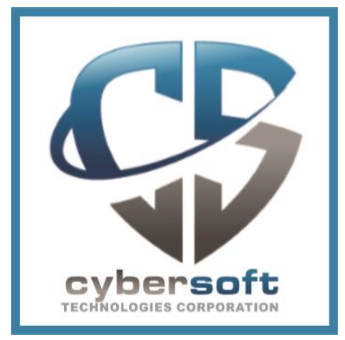VMware vSphere: Install, Configure, Manage [V6.5]
You will learn how to install, configure, and manage VMware vSphere 6.5, which includes VMware ESXi 6.5 and VMware vCenter Server 6.5 and also learn how to administer a vSphere infrastructure for all sizes of organizations. It is the foundation for most other VMware technologies in the software-defined data center.
Content
- Course Introduction
- Introductions and course logistics
- Course objectives
- Content of this course
- A complete picture of the VMware certification system
- Benefits of the VMware Education Learning Zone
- Additional resources
- Introduction to vSphere and the Software-Defined Data Center
- Topology of a physical data center
- vSphere virtual infrastructure
- Files and components of virtual machines
- Benefits of using virtual machines
- Similarities and differences between physical architectures and virtual architectures
- Purpose of ESXi
- Purpose of vCenter Server
- Software-defined data center
- Private, public, and hybrid clouds
- Creating Virtual Machines
- Virtual machines, virtual machine hardware, and virtual machine files
- Files that make up a virtual machine
- Latest virtual machine hardware and its features
- Virtual machine CPU, memory, disk, and network resource usage
- Importance of VMware Tools
- PCI pass-through, Direct I/O, remote direct memory access, and NVMe
- Deploy and configure virtual machines and templates
- Virtual machine disk format
- vCenter Server
- vCenter Server architecture
- Deploy and configure vCenter Server Appliance
- Use vSphere Web Client
- Back up and restore vCenter Server
- vCenter Server permissions and roles
- vSphere HA architectures and features
- New vSphere authentication proxy
- Manage vCenter Server inventory objects and licenses
- Access and navigate the new vSphere clients
- Configuring and Managing Virtual Networks
- Create and manage standard switches
- Configure virtual switch security and load-balancing policies
- Contrast and compare vSphere distributed switches and standard switches
- Virtual switch connection types
- New TCP/IP stack architecture
- Use VLANs with standard switches
- Configuring and Managing Virtual Storage
- Storage protocols and storage device types
- ESXi hosts using iSCSI, NFS, and Fibre Channel storage
- Create and manage VMFS and NFS datastores
- New features of VMFS 6.5
- vSAN
- Guest file encryption
- Virtual Machine Management
- Use templates and cloning to deploy new virtual machines
- Modify and manage virtual machines
- Clone a virtual machine
- Upgrade virtual machine hardware to version 12
- Remove virtual machines from the vCenter Server inventory and datastore
- Customize a new virtual machine using customization specification files
- Perform vSphere vMotion and vSphere Storage vMotion migrations
- Create and manage virtual machine snapshots
- Create, clone, and export vApps
- Types of content libraries and how to deploy and use them
- Resource Management and Monitoring
- Virtual CPU and memory concepts
- Virtual memory reclamation techniques
- Virtual machine over commitment and resource competition
- Configure and manage resource pools
- Methods for optimizing CPU and memory usage
- Use various tools to monitor resource usage
- Create and use alarms to report certain conditions or events
- Deploy resource pools
- Set reservations, limits, and shares
- Expandable reservations
- Schedule changes to resource settings
- Create, clone, and export vApps
- Use vCenter Server performance charts and esxtop to analyze vSphere performance
- vSphere HA, vSphere Fault Tolerance, and Protecting Data
- vSphere HA architecture
- Configure and manage a vSphere HA cluster
- Use vSphere HA advanced parameters
- Clusterwide restart ordering capabilities
- Enforce infrastructural or intra-app dependencies during failover
- vSphere HA heartbeat networks and datastore heartbeats
- vSphere Fault Tolerance
- Enable vSphere Fault Tolerance on virtual machines
- Support vSphere Fault Tolerance interoperability with vSAN
- Enhanced consolidation of vSphere Fault Tolerance virtual machines
- vSphere Replication
- Use vSphere Data Protection to back up and restore data

